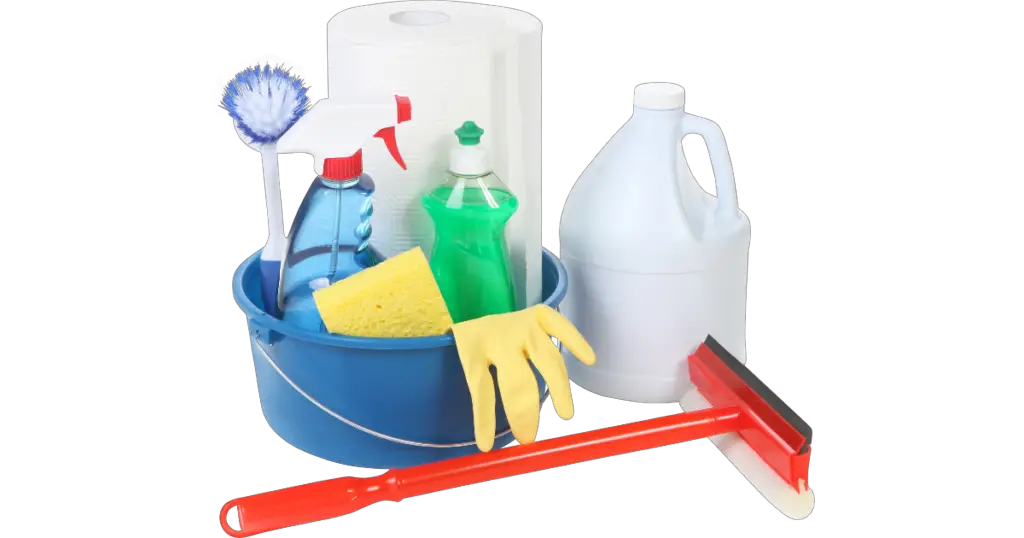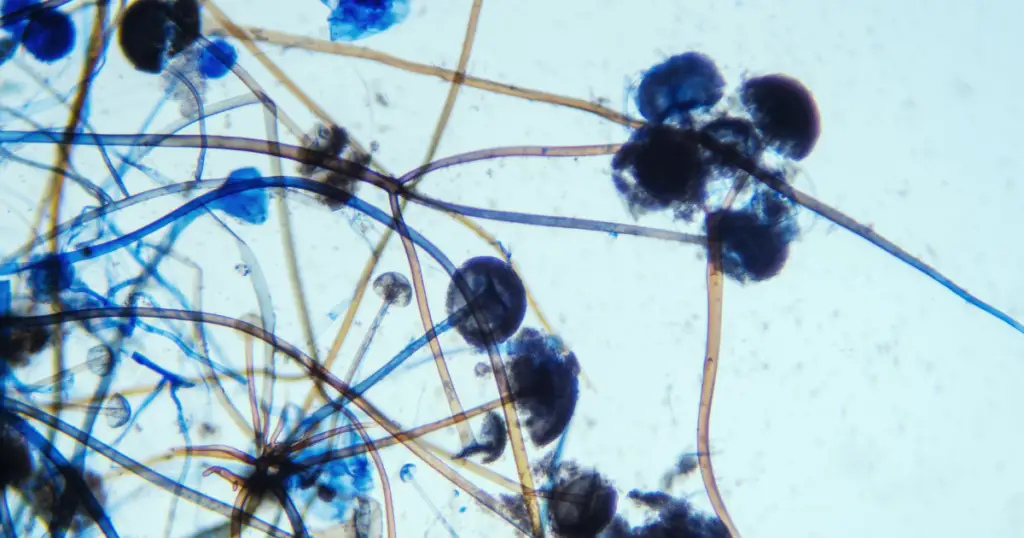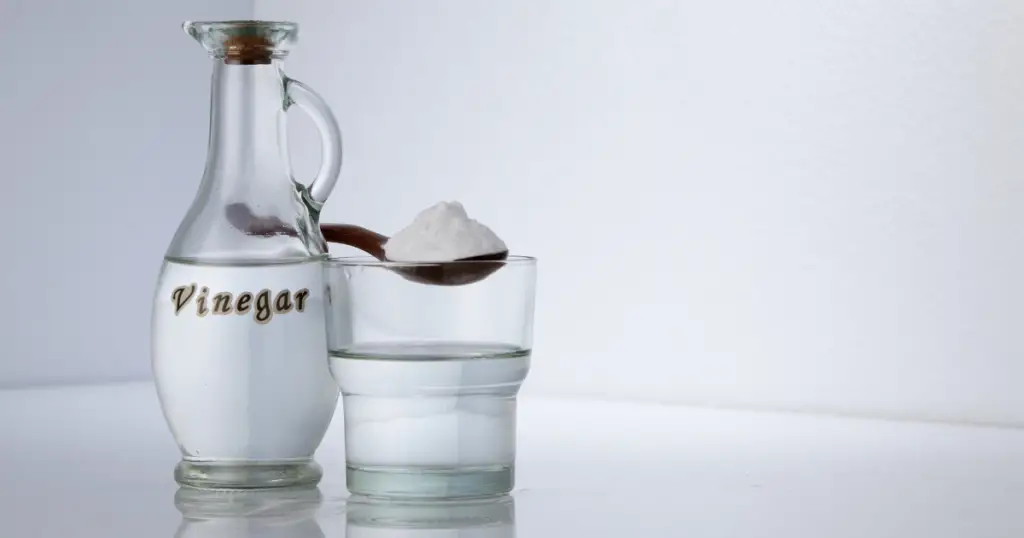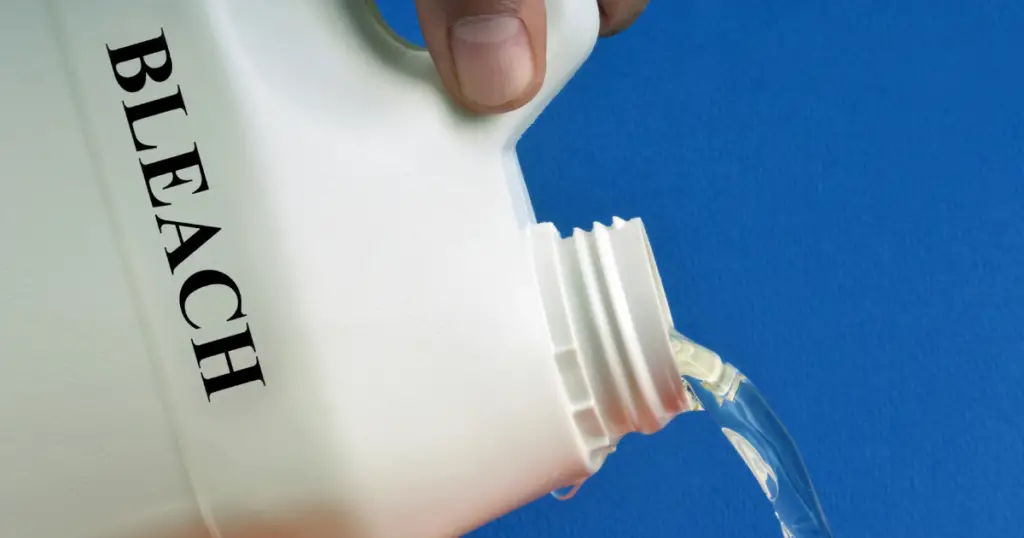[et_pb_section fb_built=”1″ admin_label=”Blog” _builder_version=”4.18.0″ _module_preset=”default” background_color=”#F9F6F5″ custom_padding=”||||false|false” collapsed=”on” global_colors_info=”{}” theme_builder_area=”post_content”][et_pb_row _builder_version=”4.20.2″ _module_preset=”default” custom_padding=”||||false|false” global_colors_info=”{}” theme_builder_area=”post_content”][et_pb_column type=”4_4″ _builder_version=”4.17.4″ _module_preset=”default” global_colors_info=”{}” theme_builder_area=”post_content”][et_pb_text _builder_version=”4.21.0″ _module_preset=”default” header_2_text_color=”gcid-c6518ae1-29db-4f1f-99d4-4111b62b7e61″ hover_enabled=”0″ global_colors_info=”{%22gcid-c6518ae1-29db-4f1f-99d4-4111b62b7e61%22:%91%22header_2_text_color%22%93}” theme_builder_area=”post_content” sticky_enabled=”0″]

Have you noticed mold growing in your house? These mold patches can be unsightly, but more importantly, they can pose health risks for home residents. To keep your property safe from mold infestations, it’s important to understand which method is best for killing the spores—bleach or vinegar.
Bleach and vinegar are always on top of searches for removing mold but are they effective?
This article will explain mold growth and tips for cleaning and preventing its spread. It will also discuss whether bleach or vinegar is more effective in getting rid of mold safely and quickly.
What is mold?
Mold is a type of fungus found in many places, both indoors and outdoors. It grows on wet surfaces and is commonly found in areas like bathrooms, basements, crawlspaces, ceilings, and kitchens.v
Mold can cause serious health problems, such as:
- Allergic reactions;
- Respiratory problems;
- Skin irritation;
- Itchy, watery eyes;
- Fatigue;
- Asthma or other respiratory illnesses.

Mold growth & Mold Spores
To effectively address mold, it is important to understand not only what mold is and where it can be found but also how it grows and spreads.
Mold spores are microscopic living organisms that reproduce easily in wet, dark environments. Mold spores can enter a home through open windows or doors and on items brought in from outside, such as clothing, furniture, and even house plants.
Once the spores find their ideal conditions for growth (high humidity and temperatures), they grow and spread. Since mold reproduces by releasing spores into the air, it’s important to take extra precautions when removing a mold issue to prevent airborne spores from spreading throughout your home or office.

Does vinegar kill mold?
Despite claims that vinegar is an effective mold killer and can kill 82% of mold species, no scientific evidence supports this. However, several studies suggest that vinegar may help prevent mold growth and reduce its spread in humidity-prone areas. With that said, vinegar is still a safe and economical option for cleaning surfaces and neutralizing odors.
Vinegar is a natural and biodegradable cleaning product that can be used to clean surfaces, remove stains, and even prevent surface mold from growing kill mold. It is much less toxic than many chemical cleaners, making it safe to use around pets and children. Vinegar works as an effective cleaner because it contains an acid that breaks down dirt and grime on surfaces. Additionally, its scent helps neutralize odors and freshen the air.

Does bleach kill mold?
Bleach is an effective biocide to kill mold. Through the chemical reaction of its active ingredient, sodium hypochlorite, and water, hypochlorous acid is produced which denatures proteins, inactivates enzymes, and disrupts nucleic acids of the mold thus eliminating it.
It is quite effective on non porous surfaces such as tiles and sinks since direct contact is needed for it to work. Unfortunately, it does not work as well on porous surfaces like wood and drywall since they absorb moisture, allowing the mold to penetrate further into the material.
Though bleach can be an effective tool against mold, it should be used cautiously as it can damage materials through its corrosive properties. Furthermore, it can produce toxic fumes and gases released when mixed with ammonia making it potentially hazardous if not used properly. In such cases, alternatives such as borax or vinegar may provide a safer route with no hazardous residues or fumes left behind.
Does baking soda kill mold?
No, baking soda is not effective at killing mold, however, it can be a great cleaning agent and help to prevent further mold growth. Baking soda works by absorbing moisture and reducing the acidity of surfaces, which makes it difficult for spores to attach and grow.
Mix one tablespoon with one cup of warm water to use baking soda as a cleaner to create a paste-like consistency. Then apply this paste directly onto affected areas and allow it to sit for several minutes before rinsing off with a damp cloth.
Which natural cleaner is the best for killing mold?
Searches prove that tea tree oil is a natural cleanser that can be used to kill and remove mold. The oil is antifungal and works by killing off mold present on surfaces. To use tea tree oil as a cleaning agent, mix 5-6 drops of tea tree oil in 1 cup of water and then apply directly to the moldy surface with a spray bottle or cloth. Scrub the mixture onto the surface with a brush and allow it to sit for several minutes before wiping it away with a damp cloth. Tea tree oil can be an effective natural cleaner when it comes to killing mold and preventing future growth.
Which vinegar is best for cleaning purposes?
White distilled vinegar is a staple for cleaning and disinfecting in many households. It is made by fermenting grain alcohol, usually from corn or wheat, and then mixing it with oxygenated water. This mild acid has a wide range of uses from deodorizing to degreasing.
White distilled vinegar can be used to clean windows, mirrors, countertops, appliances, tile floors, and drains. It can also be added to laundry detergent to brighten white clothes or used as an all-purpose cleaner for kitchen and bathroom fixtures. To use it as a disinfectant, ensure the vinegar has at least 5 percent acetic acid concentration. Soaking toys and other objects in undiluted white vinegar can remove dirt and bacteria while neutralizing odors. It’s also effective against mold and mildew when mixed with warm water.
Overall, white distilled vinegar is an affordable and versatile option for cleaning that offers both efficiency and safety without any harsh chemicals or special tools needed.
How to remove mold?
Mold is a common issue that can be found in many homes. But if you want to get rid of it and make your home healthy, there are some steps you can take to remove mold and prevent mold from coming back.
Step 1: Identify The Source of Moisture
The first step towards getting rid of mold is identifying the source of moisture in your home. This could be plumbing issues, roof leaks, or high humidity caused by air conditioning problems. Finding and fixing the source of moisture is essential to get rid of mold for good.
Step 2: Dispose of Any Damaged Material
For more serious mold infestations, it’s important to dispose of any porous material that has been affected by the mold (such as carpets, drywall or other building materials). These items should be disposed of properly and replaced with new ones.
Step 3: Clean Up Any Visible Mold
Once the source of moisture has been identified and fixed, it’s time to clean up any visible mold in your home. Use a vacuum cleaner with a HEPA filter attachment for large areas to suck up any loose spores before cleanup. For smaller areas, use a damp cloth or sponge that’s been dipped into a detergent solution to wipe down any affected surfaces such as walls or floors.
Step 4: Sanitize The Surfaces
Sanitizing surfaces with vinegar or bleach is an effective way to get rid of mold and prevent it from returning. To use vinegar as an anti-mold agent, spray the cleaned area with undiluted white vinegar and let it dry on its own. This should be repeated once a week for best results.
, so
If you use bleach to kill the mold, wear protective gear and follow strict safety protocols when using this dangerous chemical. Prepare a solution using one part bleach and 10 parts water in a spray bottle and generously apply it on any affected surface. Leave it on for at least 15 minutes before wiping it away with a damp cloth, then rinsing off with plenty of water and drying it off completely afterward.
Step 5: Use Fans And Dehumidifiers To Increase Ventilation & Air Flow
Increasing the amount of ventilation and airflow throughout your home is essential for preventing further mold growth. To do this, install fans or dehumidifiers in your home if possible and keep windows open where feasible to improve air circulation throughout your house.
Step 6: Seal Up Any Cracks Or Openings That Could Let In Moisture
Check around all windows, doors, plumbing fixtures, and other sources of potential entry points for moisture into your home such as cracked foundations or inadequate sealing around pipes entering/exiting through walls or ceilings. If you find any cracks or openings, seal them using caulk or expanding foam insulation alike as soon as possible so that moisture can’t get inside again in the future.
Remember that unless you take preventive measures such as controlling humidity levels in your house, there is always the chance that mold could come back again given the right conditions for its growth. Spores can linger on air particles, so keep windows open wherever possible for better air circulation. Moreover, sealing any cracks or openings found around windows, doors, and plumbing fixtures will reduce the chances of moisture entering again into your home in future.
What kills mold permanently?
Although it is impossible to eliminate mold spores from a home or business premises due to their presence in the air, preventive measures can be taken to ensure they don’t grow and spread.
- The most important step is to identify and address sources of moisture in your environment such as poor ventilation, improper drainage, and leaks from plumbing or roofs. You should also check for areas where humidity levels may become too high such as bathrooms, kitchens, and basements – and fix any issues immediately.
- Cleaning surfaces regularly with appropriate products is another effective way of preventing molds from growing. For non porous materials like tiles and bathroom fixtures, a bleach solution is recommended. For other natural solutions such as borax or vinegar mix (equal parts white vinegar and water), spray surfaces with the solution before wiping away the remaining particles with an absorbent cloth or mop. Hydrogen peroxide is also an effective anti-mold disinfectant that disinfects and prevents them from growing back again. Always remember: never mix bleach with any other cleaning product, as it releases harmful chlorine gas.
- Dehumidifiers should be used in areas of high humidity, while an exhaust fan installed in bathrooms and kitchens can help to keep moisture levels down.
- Increase airflow and ventilation throughout the property by opening windows and installing fans this helps to maintain your house dry and prevent future mold growth.
- Finally, any visible mold growths should be promptly removed – and if the area is larger than 10 square feet, you may need to hire a professional remediation specialist for extermination.
Call a Professional in mold removal
Seeking professional help for mold removal is essential for keeping your family safe and maintaining a healthy environment.
Mold remediation experts specialize in identifying the source of the problem and implementing a plan to eliminate it properly. Professional remediators use special tools that safely kill mold spores along with cleaning agents such as bleach to ensure they have cleaned every nook and cranny of a mold-infested area.
In addition, they can provide advice on how to keep your home free from mold growth by offering tips on reducing humidity levels, checking waterlogged areas regularly, and applying sealants when necessary. With their help, you can rest assured that after the process is complete, your household will be left with a clean, mold-free surface that you and your family can enjoy without fear of future contamination.
[/et_pb_text][/et_pb_column][/et_pb_row][/et_pb_section]
